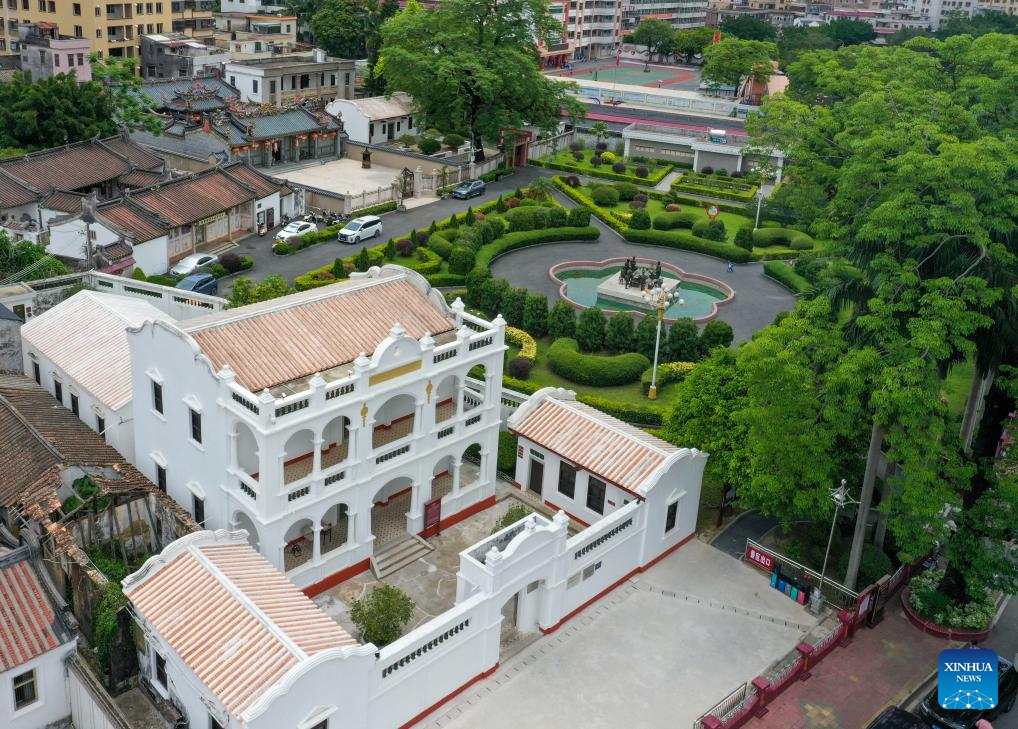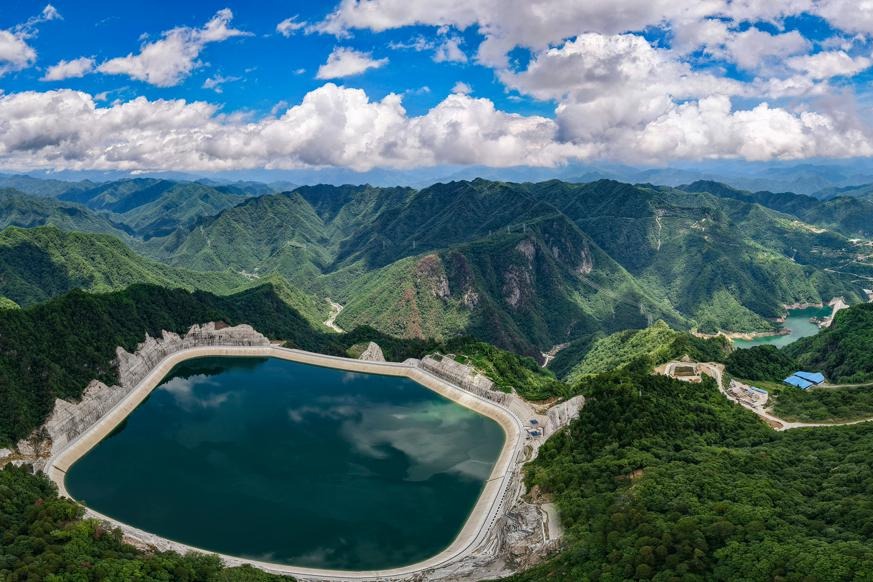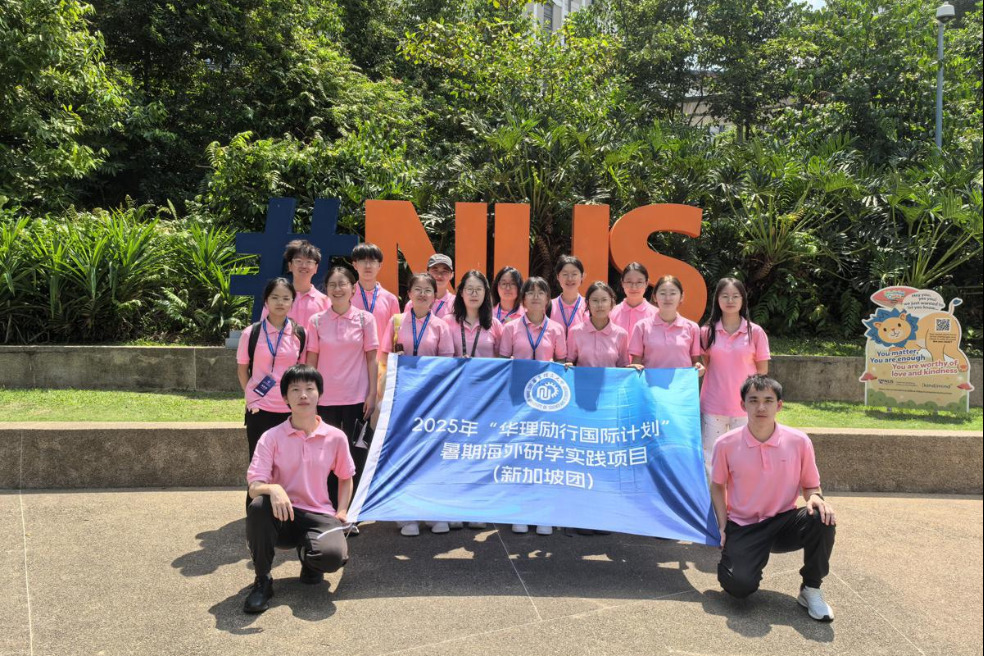From peasant uprising to industrial revolution: hero's hometown revived


GUANGZHOU -- When tourists arrive at Shanwei, a coastal city in South China's Guangdong province, they quickly notice that red is everywhere.
In what is known as the city's red block, the upper facades of street-side shops selling fish maw, eyeglasses and savory Chinese pancakes are painted in red, accented with touches of yellow -- echoing the colors of the flag of the Communist Party of China.
Shanwei is a famous "red land." It is the birthplace of China's first Soviet government, the Hai-lu-feng Soviet, established in 1927, and also the hometown of Peng Pai, a Communist hero who led the founding of the government, hailed by Mao Zedong as the "king of peasant uprisings."
Today, locals still recount the stories of Peng. Despite being born into a wealthy landowning family, he burned the land deeds to give his lands to farmers after he accepted Marxism. He mobilized countless peasants to join the revolutionary cause before his execution at the age of 33.
Peng's rebellion and boldness are regarded as a reflection of the Shanwei people's fearless spirit and strong perseverance.
"Peng's dream was to build a new world where the country would become strong and the people could live a happy life. As offspring, we have inherited his legacy," a senior official of the Shanwei government told Xinhua.
One example is the achievement of Peng Shilu, the son of Peng Pai. He was arrested after his father's death, but was rescued and sent to the revolutionary base in Yan'an for education. Later, he was sent to study in the Soviet Union.
After returning to China, Peng Shilu devoted his life to the nation's nuclear enterprise and was eventually hailed as the "father of China's nuclear submarines."
Another prominent Chinese nuclear submarine designer, Huang Xuhua, was also born in Shanwei. Before his passing in February 2025, Huang's story had been widely covered by the media, including a TV drama adaptation that aired in 2021.
However, despite being located in the economically developed province of Guangdong and adjacent to the bustling city of Shenzhen, Shanwei struggled to reach such lofty development heights, and historically had a high concentration of underprivileged residents. Until December 2013, there was not even a railway leading to the city.
- From peasant uprising to industrial revolution: hero's hometown revived
- Workers weather desert extremes to complete 'power expressway loop' in southern Xinjiang
- China issues guidelines highlighting independent, impartial judicial work
- For a ranger, no mountain is too high to climb
- Bus driver who died saving tourists honored
- Beijing-Tianjin-Hebei sightseeing train launched





































